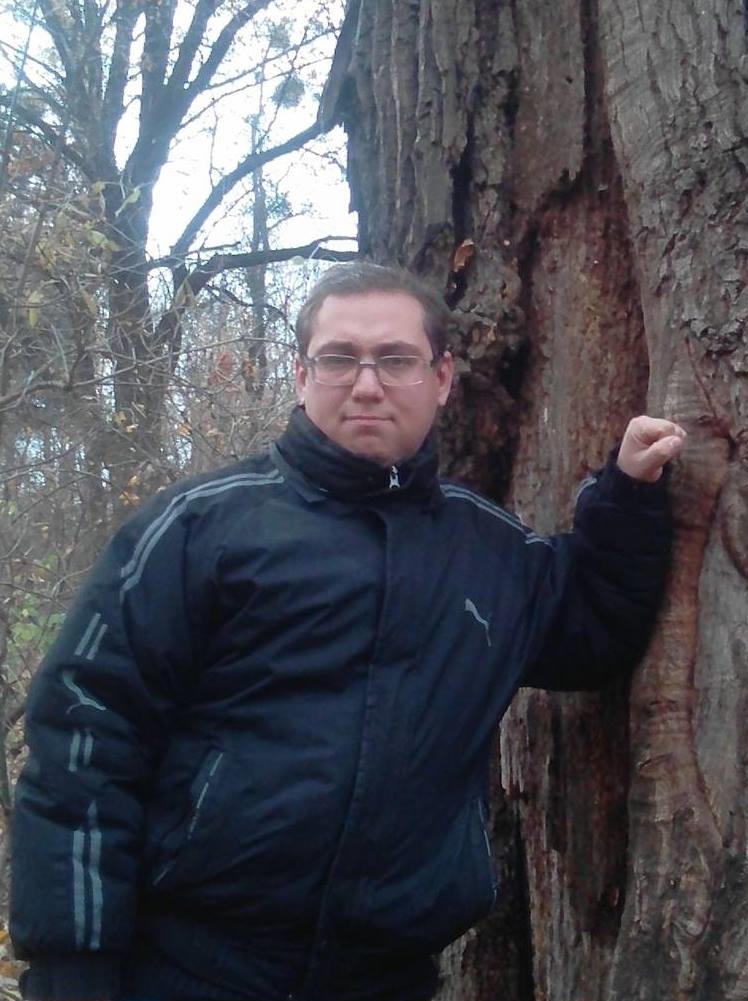Scientists have studied stars that are very similar to the Sun. Statistics show that once a century they produce giant flares that are a stronger version of the solar storms we are familiar with. And it’s much more common than we’ve counted on so far.

Flares on the stars
People have long been accustomed to our Sun showing its temper from time to time. It often has flares that produce geomagnetic storms to appear on Earth. Sometimes they reach such power that they cause problems with the electrical grid. However, we know from traces in trees and rocks that the explosions can actually be much stronger.
Scientists have decided to find out how distorted our view of our own luminary really is due to the fact that we only observe it for a few decades, which can turn out to be abnormally quiet. For this purpose, they decided to gather statistics on stars similar to the Sun.
They used data from the Kepler space telescope for this. It observed the sky for a rather short period of time — only from 2009 to 2013. But there were millions of stars in its field of vision at that time. Therefore, scientists had no problem selecting among them 56,450 sun-like ones. And scientists have over 220,000 years of observing luminaries similar to our own.
Sun-like stars explode once a century
In this case, the narrow point of the study was precisely the vagueness of the “sun-like” criteria. Scientists had to sift out quite a few stars that looked similar to our own luminary, for example because their activity was due to the presence of a second companion stellar mass in the system.
Also, cosmic radiation, passing asteroids or comets, as well as non-Sun-like stars, which in Kepler images can accidentally flare up near those of interest to scientists.
However, the researchers still managed to identify 2,889 superflares that occurred on 2,527 stars out of the 56,450 studied during that time period. This means that such catastrophic events occur on average once a century.
And that’s an extremely large number. After all, ground-based studies have found traces of only 5 such events that occurred within the last 12,000 years. The strongest of them occurred in 775 A.D. That is, statistics have talked about one superflare per 1500 years. Perhaps this is evidence that the Sun is actually a very quiet star. Or perhaps we have just not seen most of the traces.
Provided by phys.org


